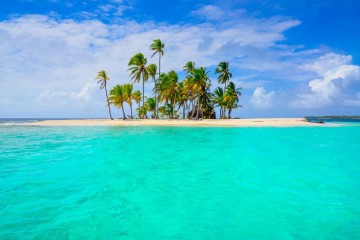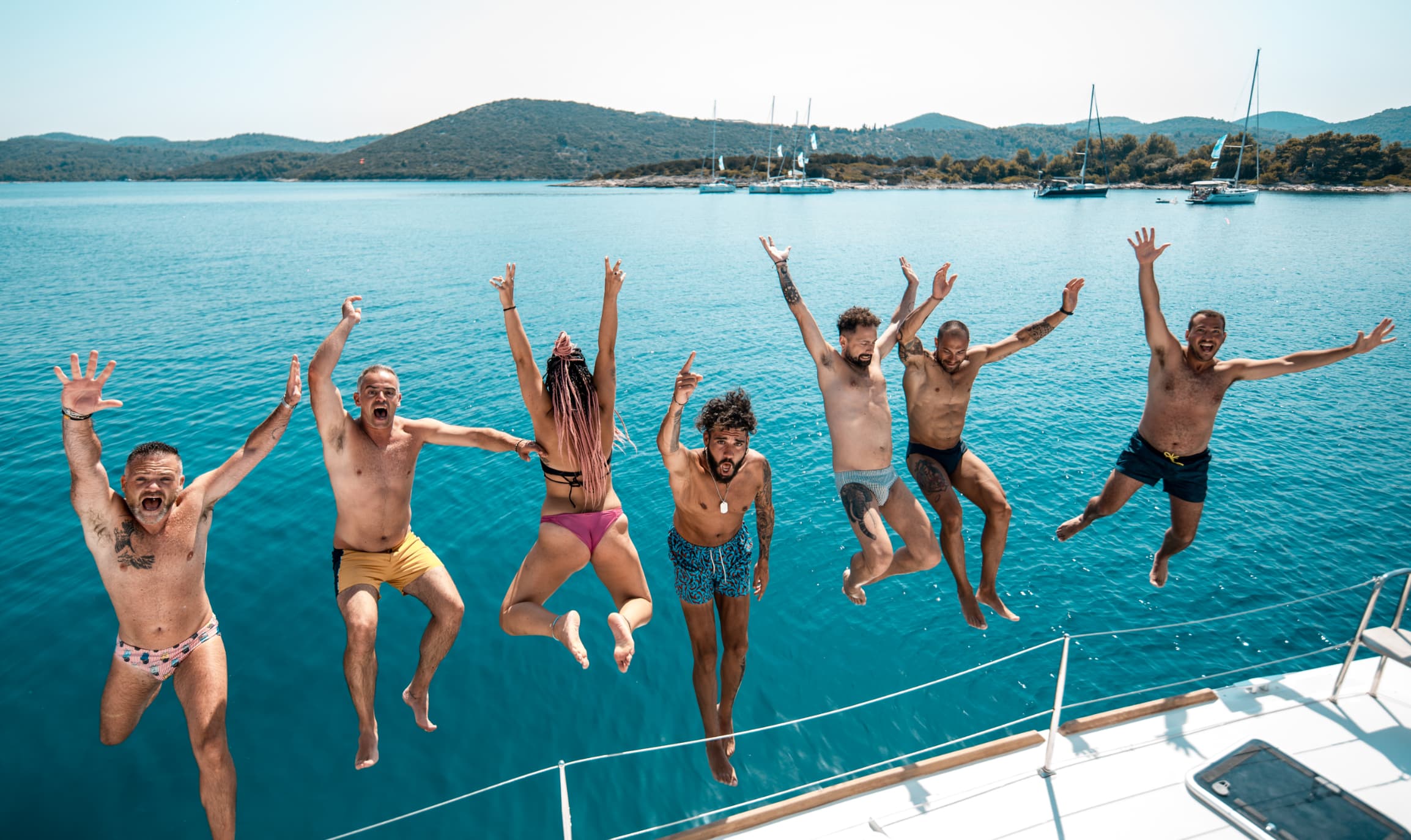The Kuna, also known as the San Blas Indians, are a population of about 40,000 individuals gathered from the Chibcha language and, for the most part, residing in the San Blas Islands, in Panama. The Kuna are not a very developed population and their economy is based on fishing and agriculture, growing mainly maize, sweet potatoes, sugar cane and tobacco.
The people are organized in villages or, sometimes, in real cities, this depends on how extensive a family is, that is, from how many generations it is composed and if it resides all in the same place.
In the communities, in general, the inhabitants settle along the bank of a river and between this and the house we find a path and the fields are distant places from the houses. The houses are large houses in which an entire generation resides, from the oldest to the great-grandchildren and most of the population sleeps in hammocks and clothes are placed on bamboo poles or inside boxes. Most houses have walls built with bamboo canes and a thatched roof, but some Kuna have managed to build concrete houses with corrugated iron roofs. According to tradition, women must wear long ankle-length skirts and colorful shirts, on which the molas are sewn, pieces formed by different layers cut out of a colored fabric. They must also carry a gold ring on the nasal septum, bracelets and anklets.
In this population the succession and the inheritance take place in the maternal line, in fact the men enjoy authority, above all in the public sphere, but in virtue of the descent of the woman. Religion is guided by the shaman, called nele, who deals with the intermediary between the human and the spirit worlds.
Sailboat cruise to the San Blas Islands, Panama
A dream vacation veiling from one atoll to another to discover the pristine and fascinating San Blas islands ...
per person








